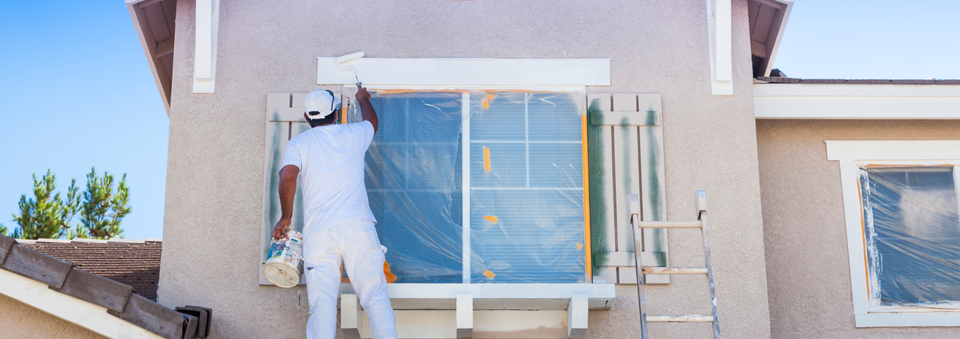Painting an Occupied Building
There comes a time when you need to repaint your commercial building. That's an easy proposition if the building is vacant, but what if it's full of people? Painting an occupied building can present its challenges, so here are some things to consider before getting started.
Set a schedule
To avoid disruption, T. L. Hart recommends scheduling the work on days when your business has the least amount of activity. If your building is full of offices that cannot be vacated, it is best to paint after business hours, on weekends, or during the holidays. Doing this will minimize or eliminate the risk of disrupting your operations or those of your tenants.
Inform occupants in advance
If you are leasing out space, your tenants should be made aware of the upcoming painting project. The notification should come days or even weeks before the project begins. Provide them with the specific times and dates the painting will be done, as well as the areas affected. The earlier you notify your tenants, the easier it is for them to plan accordingly.
Paint in stages
If you cannot or do not want to completely shut down your buildings operations, painting in stages is the best solution. Doing this ensures that your building remains functional for the duration of the project. For example, instead of blocking off all the bathrooms on a certain floor, you can paint each one alternately, ensuring that there are always bathrooms available for your tenants and their guests.
Stay safe
Safety is paramount, so here are some tips for protecting your personnel or tenants and keeping everyone safe:.
- Choose a contractor with a proven safety record
- Choose a contractor with a verifiable safety program
- Depending on the application, request the use of low or zero volatile organic compounds (VOC) paints.
- Provide for adequate ventilation if needed
- Request Material Safety Data Sheets (MSDS) if you are concerned about the paint product hazards
- If applicable, use the appropriate warning signs
T. L. Hart, Inc. performs regular safety training and can provide both MSDS and signage upon request.
Be aware of paint fumes
Low or zero VOC paint products are not always available for certain applications. For example, when painting concrete floors solvent-based epoxies or urethanes are often required. This is true also for applying paint-on white or black boards, a common application in commercial environments. These can emit hazardous fumes. In these instances you will definitely want to have the work done on days and at times when the space is unoccupied. Note also that even with low or zero VOC paints there will still be some odor, but it is not hazardous to health.
Of course, using fans or other means of ventilation is the best way to remove paint fumes from the areas being painted.
You don't have to put off a planned painting project just because your building is occupied. Here at TL Hart, we can help you find the best options to paint your building without disrupting its occupants. For more information about our painting services, give us a call today.










